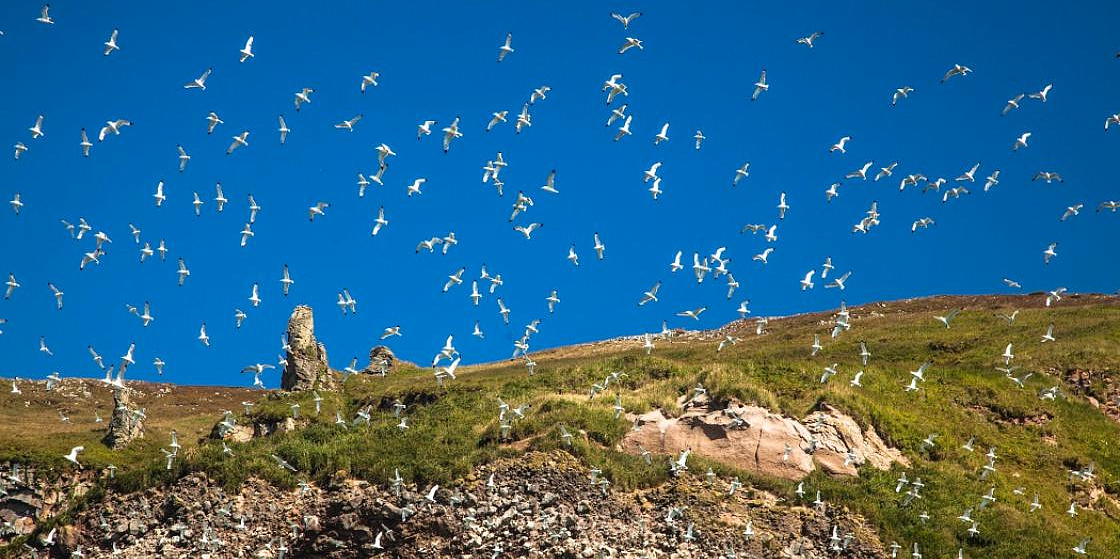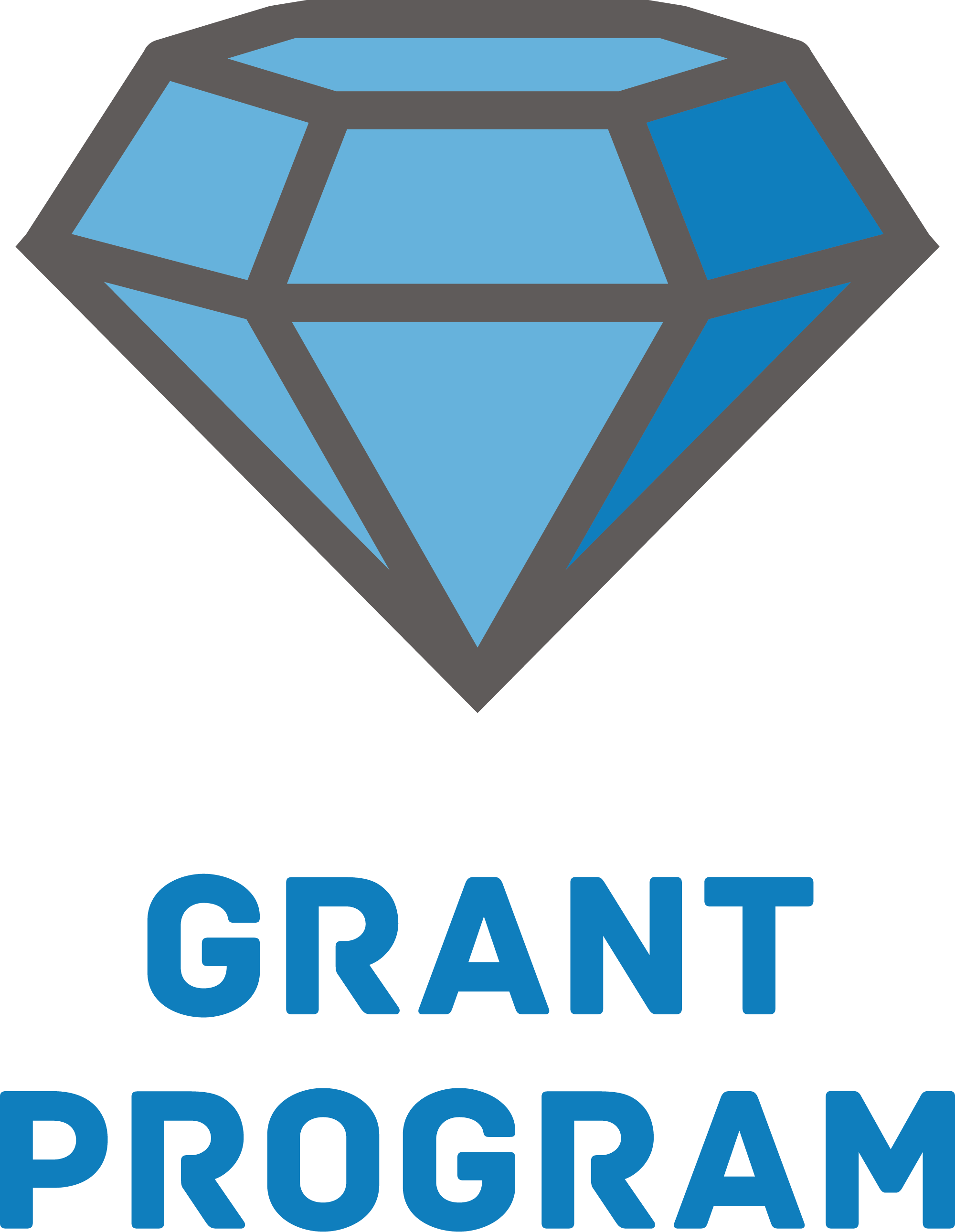
Photo: Kuznetsova Alexandra/GeoPhoto.ru
A Month of Land Giveaway, a Year of Arctic Benefits, and a Revised Decarbonization Strategy Today, we take a look at this week’s top stories regarding the Russian Arctic.
Today, we take a look at this week’s top stories regarding the Russian Arctic.
Arctic Hectare: assessing interim resultsThe Arctic Hectare program has been here for almost a month. Since 1 August, anyone living in the Russian Arctic can apply for a free land plot for starting a business or building a house. There are some visible results already. According to Alexei Chekunkov, Minister for the Russian Arctic and Far East, more than two thousand people have applied for a land plot in high latitudes. Top three Arctic regions accounting for the most applications registered are Murmansk Oblast, Arkhangelsk Oblast and the Yamal-Nenets Autonomous District.
There is still room for improvement of the program, and some changes are likely to be made even before Arctic hectares become available to those who live outside the Russian Arctic, including nationals of the Commonwealth of Independent States willing to immigrate to Russia (i.e. by 1 February 2022). However, even in its current form, the program can contribute to fostering economic and demographic growth. It is for this reason that it is widely regarded as a potential driver of development in this country’s High North. Read more.
The first anniversary of the law on Arctic benefits
A year ago, the Law on Providing Support to Businesses in the Russian Arctic was enacted. The law has established in the Russian Arctic a special economic zone -- the largest in the world -- and introduced a package of tax benefits and other incentives for new projects to be launched in the country’s northernmost regions. It still remains to be seen how the law will influence the Russian Arctic; however, it is evident that the benefits it had introduced have already become a potent factor of economic change.
In the space of a year since the law’s entry into force, 186 business entities have been registered as residents of the Arctic special economic area. As part of their projects, some USD 3.6 billion will be invested, paving the way to creating about nine thousand jobs. And that is just the beginning. It is noteworthy that the program kicked off during the first year of the pandemic in a troubled economic environment. As the situation stabilizes, the program is expected to yield even better results in the future. Read more.
A strategy for low-carbon development: putting an emphasis on ecosystems
The Economy Ministry has completed drafting a revised national strategy for low-carbon development of Russia until 2050. According to the basic scenario, a major emphasis will be placed on climatic projects as a means of decreasing greenhouse gas emissions. Among such projects are those of reforestation, wildfire prevention, and watering drained wetlands. According to the draft, such measures will help absorb up to 1.1 billion tons of carbon dioxide (twice as much as at present) thus allowing to achieve the target set at the Presidential address to the Parliament in April.
The draft may be further amended, as it has to be okayed by all ministries and agencies concerned before being submitted to the Government for approval. Nonetheless, the focus on country-specific solutions such as reforestation and improved forest control in Siberia and the Far East -- something that makes it different from what is suggested in the EU -- is more than likely to stay. Read more.
27 August 2021




